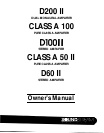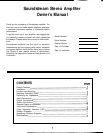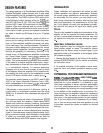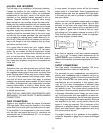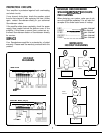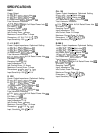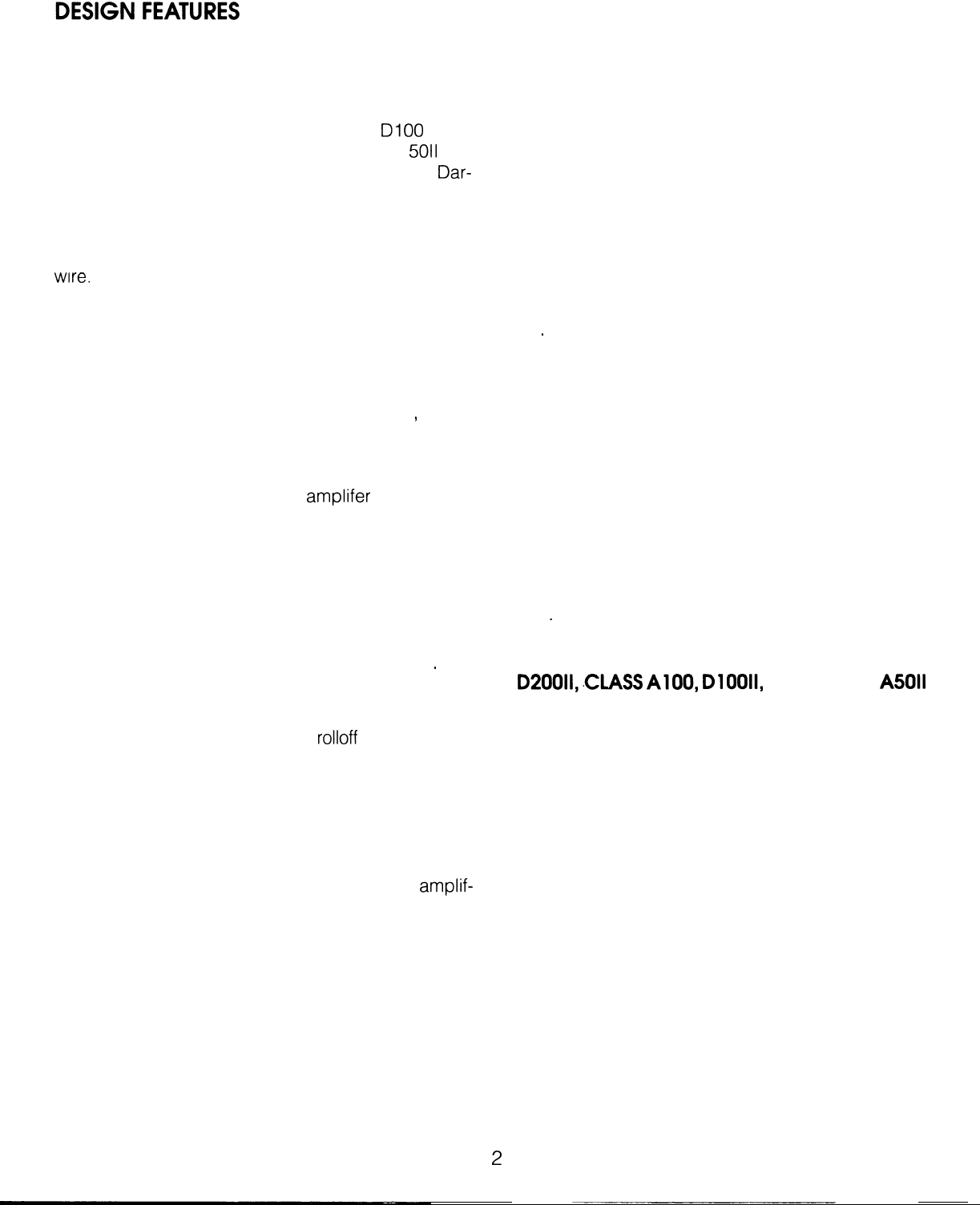
INSTALLATION
The design topology of all Soundstream amplifiers utilize
multiple Darlington output devices with a total rated
output capability that far exceeds the potential output
of the amplifier. The D200 II utilizes 1000 watts of dis-
crete Darlington output devices while the
DlOO
II util-
izes 500, the Class A 100 1000, the Class A
5011
500
and the D60 II uses 300 watts worth of discrete
Dar-
lingtons. With such reserves and no current limiting,
these amplifiers operate without strain even at maxi-
mum output. Power, ground, and speaker connectors
are rated to handle up 80 Amps and up to 10 gauge
wire.
Unlike most car audio amplifiers, (some of which re-
quire a fan for cooling) which shut off when they over-
heat, all Soundstream amplifiers eliminate this prob-
lem in two ways. First, the Soundstream “Chassisink”
has been custom designed to guarantee the lowest
possible thermal resistance (maximum cooling)
,
greatly
reducing the possibility of overheating. Secondly, if this
should occur, all Soundstream amplifiers incorporate
our “Smart Power Supply” which simply reduces the
supply’s potential, allowing the amplifer to run much
cooler. The entire process is automatic and inaudible.
In the case of an actual amplifier malfunction, secon-
dary thermostats or fuses will shut down the amplifier
in a conventional manner. To prevent potentially
damaging turn-on and turn-off thumps, a pair of relays
at the outputs allow the amplifier to fully stabilize be-
fore sending the audio signal to the loudspeakers, except
on the D-60 which utilizes a built in delay circuit
.
An especially useful feature in the 0200 II and CLASS
A100 is the Linear Subwoofer Extension Circuit (LSE),
which compensates for the natural
rolloff
of most speak-
ers and extends bass as much as one full octave.
LSE,provides a linear boost of 6 dB/octave, starting at
a point which is continuously variable over the range
35280 Hz. A subsonic filter attenuates the signal be-
low 20 Hz.
Only premium parts are used in Soundstream amplif-
ers, such as metal film resistors, Glass epoxy circuit
boards with corrosion resistant masking, gold-plated
input connectors, and immersible sealed potentiome-
ters. The heat sink of all models doubles as the chas-
sis Each heat sink is custom designed and manufac-
tured to Soundstreams exacting specifications facili-
tating maximum cooling. Input sensitivity is adjustable
to match any tuner/deck, these amplifiers can even be
interfaced directly with OEM speaker level signals.
Proper installation and adjustment will reward you with
reliable operation and optimum performance. Automo-
tive sound system installations can be tricky, especially
for first timers For this reason, you may want to con-
sider using a professional installer who has the tools
and more importantly, the experience to do the right
job. If you decide to install your equipment yourself,
we hope that this manual will serve as a helpful guide.
TOOLS
The only tool needed to make wire terminations at the
amplifier will be an insulated flat blade screwdriver. Do
not use a noninsulated screwdriver since this may short
out against the heat sinks and may damage the ampli-
fier
.
SELECTING OPERATING MODE
These amplifiers may be configured into two opera-
tional modes, stereo or mono. The amplifier comes
shipped from the factory ready for stereo usage. If your
application calls for the amplifier to be bridged, follow
the procedure below:
1. Remove the plug located on the bottom of the amplifier
marked STEREO/MONO. Set the switch as indicated
on the bottom cover.
2. To complete connection of the amplifier in mono mode,
read the input and output connection sections care-
fully
.
OPTIMIZING FOR SPEAKER IMPEDANCE
D20011,CLASS
AlOO,
DlOOll,
AND CLASS
A5011
As delivered from the factory, your amplifier has been
optimized for 4 ohm operation. It is possible to opti-
mize these amplifiers to deliver maximum performance
into 2 or 4 ohms stereo and 4 or 8 ohms bridged. This
is accomplished by selecting the correct operating mode
on the bottom of the amplifier prior to mounting. Re-
move the plug on the amplifier marked for impedance
optimization. Set the switch as indicated on the bot-
tom cover in the appropriate position for your applica-
tion. If you are unsure of the impedance of your speak-
ers, or you are wiring more than one speaker to a set
of terminals, consult your dealer or installer for the best
settings.
2



